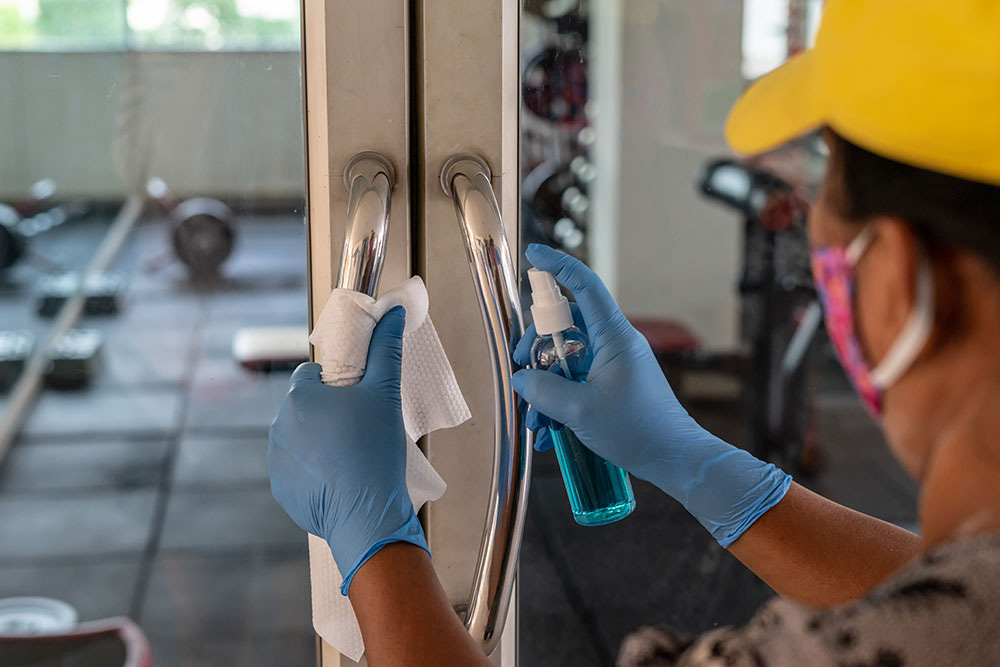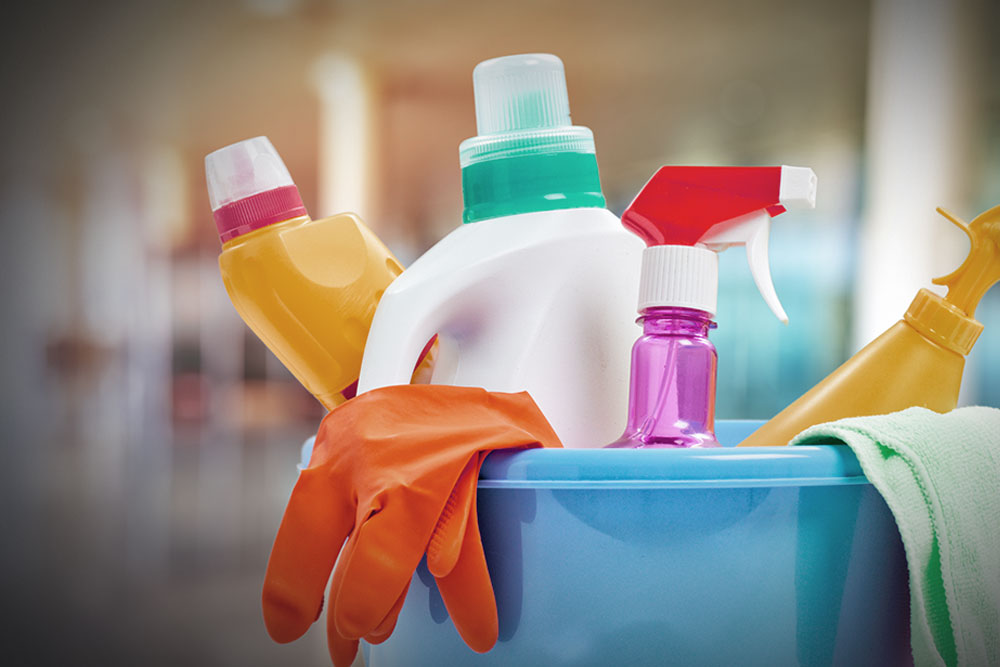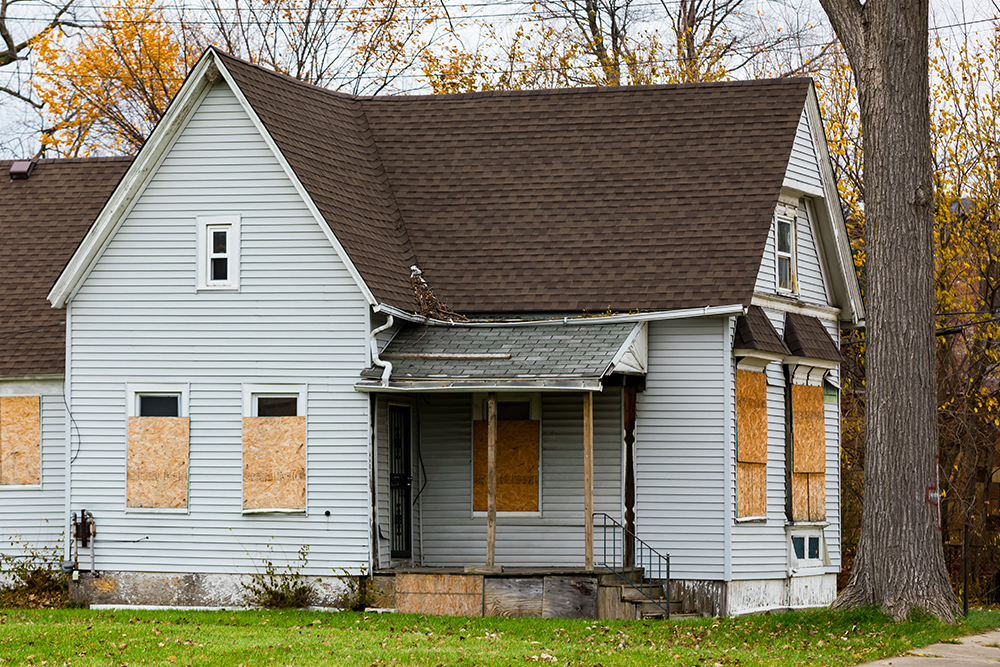
Exercising with Caution | Requirements for Gym Openings in New Jersey
On August 27, Governor Murphy issued Executive Order 181 (2020) (the “Order”), setting forth requirements for opening health clubs, as defined by N.J.S.A. 56:8-39, which includes gyms and fitness centers. Although we believe it is likely that the governor intended to include gyms or fitness centers located in community association facilities, as drafted, it is uncertain whether that is the case. As of the date of this post, we are awaiting confirmation from the governor’s office that association gyms are included. The following assumes the association gyms were intended to be included in the Order.
Pursuant to the Order, indoor gyms and fitness centers will be permitted to open on September 1, 2020, provided the facility complies with standards issued by the New Jersey Department of Health (“DOH”), including DOH’s August 27, 2020 Guidance for Health Clubs/Gyms/Fitness Centers. As evident by the lengthy requirements, it is important for community associations across New Jersey to reach out to their legal counsel to review the procedures and protocols they need to put in place should they decide to open their gyms and fitness centers, as well as the liability that may flow from such opening and/or failure to adhere to the Order or the DOH guidelines.
General Requirements for Indoor Gym and Fitness Center Facilities:
- Limit occupancy of any indoor premises to 25 percent of the stated maximum capacity, if applicable, at one time, excluding staff.
- In addition to capacity restrictions, indoor group activities (e.g., classes) can occur but must limit to no more than 1 individual per 200 square feet of accessible space or less.
- o Individuals must be able to maintain a minimum of 6-feet of distance from other individuals during the entire class.
- Conduct a temperature screening and questionnaire of staff and resident upon entrance to the facility each day.
- If individuals attending outdoor classes enter the center premises, whether to use a restroom or otherwise, they must be included in the capacity limit indicated above.
- Employees and residents must always wear cloth face coverings while in the indoor portion of the premises , except where doing so would inhibit that individual’s health or where the individual is under two years of age.
- If a resident refuses to wear a cloth face covering for non-medical reasons, and if such covering cannot be provided to the individual by the association at the point of entry, then the association must decline the individual entry into the indoor premises.
- One-on-one personal training can occur assuming 6-feet of distance can be maintained for most of the training session.
- Individual or pair activities which do not involve contact (e.g., racket ball, handball) may also occur.
- Keep doors and windows open where possible and utilize fans to improve ventilation.
- Inspect and evaluate the heating, ventilation and air conditioning (HVAC) unit to ensure that the system is operating within its design specifications.
- Shared saunas and steam rooms are not permitted.
According to the New Jersey DOH Guidance for Health Clubs/Gyms/Fitness Centers the following additional standards must be maintained if an indoor gym or fitness center is to be opened:
- Facilities must monitor each time a user enters and exits the gym, ensure social distancing procedures are being following, and limit occupancy at all times.
- Facilities for which no permitted occupancy limit is on record may only allow 125 square feet per person of accessible indoor space.
- Signage must be placed at the gym’s entrances which instruct individuals that they cannot enter if they have been diagnosed with or suspected to have had COVID-19 and are still within the required isolation period as defined by the CDC, or if they have been in close contact with an individual diagnosed with COVID-19 as defined by the CDC.
- Waiting areas need to be closed or limited.
- For class-based activities with distinct session times, residents must be asked to either wait in their cars or outside until 10 minutes prior to their class.
- For locker rooms, gym-goers should be informed to arrive dressed and ready to workout/train, bring their own towel, water, yoga mat, boxing gloves, and any other equipment.
-
- Locker room use will be limited to hand washing and restroom use only.
- Facility provided towel services should be discontinued.
- Individually partitioned showers or communal showers with installed barriers/partitions (at least 6-feet apart) are permitted in gyms with pools. Showers are otherwise not permitted for use.
- Within the last 10-days have you been diagnosed with COVID-19, had a test confirming you have the virus, or been advised to self-isolate or quarantine by your doctor or a public health official?
- Have you had any one or more of the following symptoms today or within the past 24-hours, which is not new or not explained by another reason?
- In the past 14-days, have you had close contact as defined by the New Jersey Department of Health as:
- Individuals must maintain 6-feet of distance from each other , to the greatest extent possible.
- Training sessions must be staggered to maintain social distancing and limited capacity in facilities.
- Locker rooms should be closed or marked to enforce 6-feet social distancing. Lockers should be sanitized after each use.
- Gyms should provide sanitizing wipes near the lockers or in the locker room.
- There must be access to handwashing on site, including soap and running water; alcohol-based hand sanitizers with at least 60 percent alcohol may be used as an alternative.
- Hand sanitizer and disposable wipes must be distributed abundantly throughout the space for employees and gym-goers to disinfect hands and equipment before and after use.
- Disposable wipes should be placed next to each piece of large & small equipment.
- Proper sanitizing procedures must be posted throughout the gym.
- Cleaning and disinfecting of high-touch surfaces (handrails, doorknobs, and restrooms) must be performed at least three-times a day.
- Trainers must wash hands before and after each training session and sanitize frequently during each session.
- All equipment must be sanitized between uses. Sanitization supplies must be provided at each piece of equipment so gym-goers can sanitize in between uses.
- 30-minute windows must be scheduled between classes to allow for thorough cleaning and appropriate cleaning and proper ventilation of the gyms, and to discourage congestion.
- Staff responsibility must be clearly designated for sanitization, cleaning, and supervision during shifts.
- Restrooms must be frequently cleaned during each shift and disinfected throughout the day.
- If an employee or gym-goer tests positive for COVID-19, the gym must be shut down for a period of 24-hours before it is thoroughly cleaned and disinfected in accordance with current CDC guidelines.
- Cleaning logs that include date, time, and scope must be kept.
- Staff Wellness & Safety:
- Associations must provide employees with face coverings/masks to wear while in the gym, at no cost to the employee.
- Break time and lunch time for employees must provide for enough time to wash hands and be staggered to ensure at least 6-feet of physical distance between employees.
- Personal trainers should maintain 6-feet of distance from their residents to the extent it is possible.
- Training must be provided to employees on up-to-date safety information and precautions, including the following:
- Employees must be screened at the beginning of each shift in the same manner as required for gym-goers.
- An association must notify the local health department (LHD) in the municipality where they are located and assist the LHD as reasonably requested if they learn of a positive COVID-19 diagnosis of an employee or a gym-going member.
- Heating, ventilation, and air conditioning (HVAC) units must be inspected and evaluated to ensure the systems are operational.
- Routine maintenance as recommended by the manufacturer or HVAC professional must be performed.
- Within the design specification of the HVAC unit:
- Associations must review and follow the latest CDC guidance for ventilation requirements.
Although association members may be eager to get back into their workout routines and use of community gyms, boards should carefully review these requirements and associated liabilities before rushing to open their gyms. It appears that these standards would, at a minimum, require hiring additional personnel to handle the duties described above. Thus, unlike for-profit gyms and fitness centers, compliance may prove difficult and costly for community associations. Moreover, implementing the requirements alone, without ensuring that they are actually being followed, is a recipe for disaster. Insurance professionals continue to advise that it is likely that the association general liability policies provide no coverage for claims emanating from COVID-19. Directors and Officers coverage has always excluded personal injury claims and are, therefore, unlikely to offer any coverage as well. Thus, there is an increased risk of liability if an association fails to strictly adhere to these requirements. All boards should keep this in mind when deciding whether it is prudent to open association gyms, fitness centers or similar facilities.





